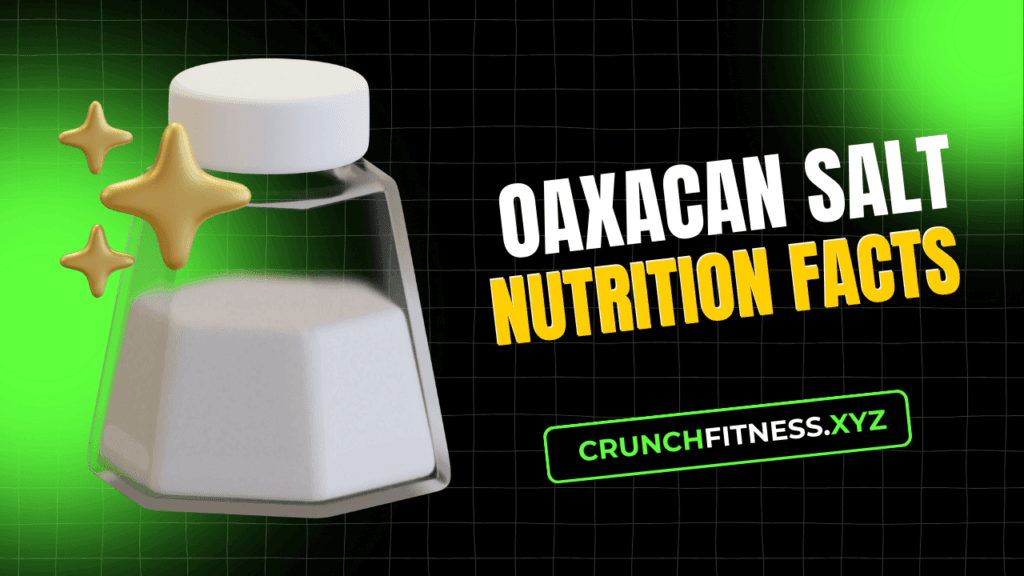Oaxacan Salt Nutrition Facts reveal that this unique and natural salt from Oaxaca, Mexico, offers rich flavor and traditional production methods. Many wonder if the Oaxacan salt nutrition profile makes it healthier than regular table salt. As a health advisor, I’ve learned how vital it is to understand what we consume daily.
In this guide, I will share everything you need to know about Oaxacan salt, its nutritional facts, its benefits, and how it compares to other salts. Let’s dive into this simple but complete guide.
What is Oaxacan Salt?
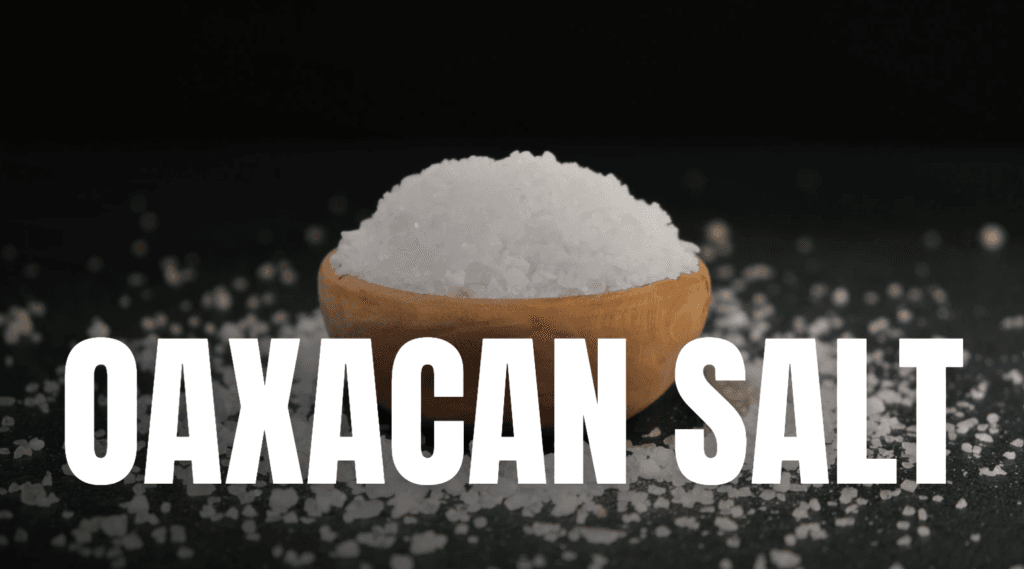
Oaxacan salt is a traditional Mexican salt made through natural processes. It is hand-harvested from small salt flats and free from chemicals or industrial processing. This salt is prized for its coarse texture and unique taste. Unlike table salt, which is heavily refined, Oaxacan salt retains minerals that contribute to its nutritional value. Many people love its natural, bold flavor, which enhances food taste while offering health benefits.
Oaxacan Salt Nutrition Facts
Understanding the nutrition facts of Oaxacan salt is crucial for making better health choices. Here is what I’ve found:
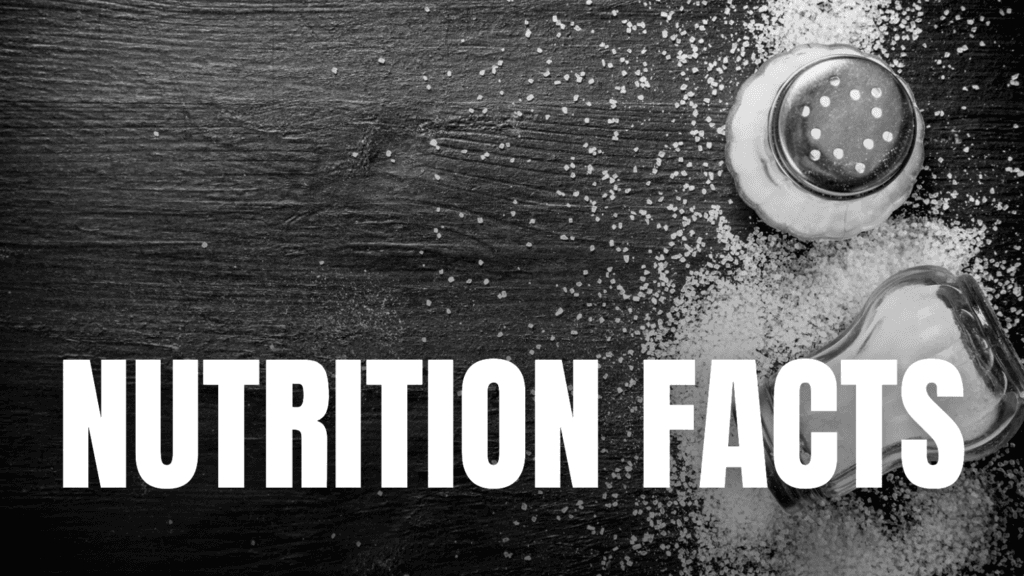
- Sodium Content: Like all salts, Oaxacan salt contains sodium. On average, one teaspoon of Oaxacan salt provides around 2,300 mg of sodium, similar to other salt types. Sodium is essential for muscle function and hydration, but too much can lead to health issues, so moderation is key.
- Trace Minerals: Oaxacan salt naturally contains trace minerals such as magnesium, calcium, and potassium. These minerals are vital for bone health, nerve function, and overall wellness. Unlike refined table salt, Oaxacan salt’s minerals make it healthier.
- Calories: Oaxacan salt has zero calories, making it a guilt-free flavor enhancer. You can add it to your meals without worrying about extra calories while enjoying its rich taste.
- Additives: Unlike table salt, Oaxacan salt is free from anti-caking agents or iodine. It is a pure, natural choice that provides a more wholesome option for seasoning food.
How to Use Oaxacan Salt in Daily Life
Here are some ways I recommend incorporating Oaxacan salt into your diet:
- Cooking: Sprinkle a pinch on vegetables, meats, or soups for enhanced flavor. Its natural taste works well with all types of cuisines.
- Baking: Use it in bread or pastries for a subtle salty kick. The coarse grains add texture and depth to baked goods.
- Finishing Touch: Sprinkle a little salt on top of dishes right before serving. This enhances the overall presentation and taste.
- Hydration Drinks: Mix a small amount with water and lemon for a homemade electrolyte drink. This can be especially helpful after a workout or during hot weather.
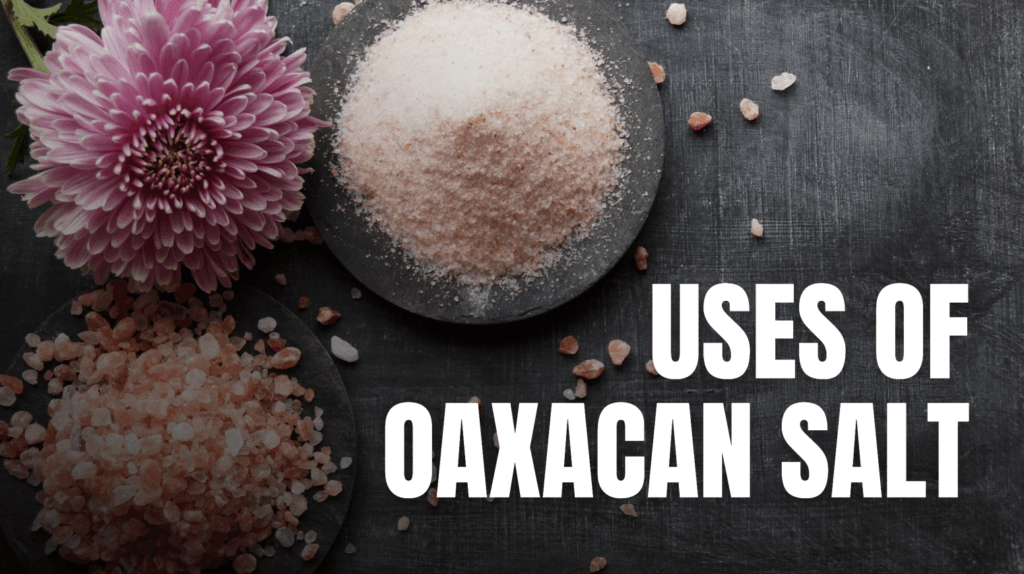
Key Facts About Oaxacan Salt
Health Benefits of Oaxacan Salt
Many people ask if Oaxacan salt is healthier than other types of salt. Based on my research and experience, here are its benefits:
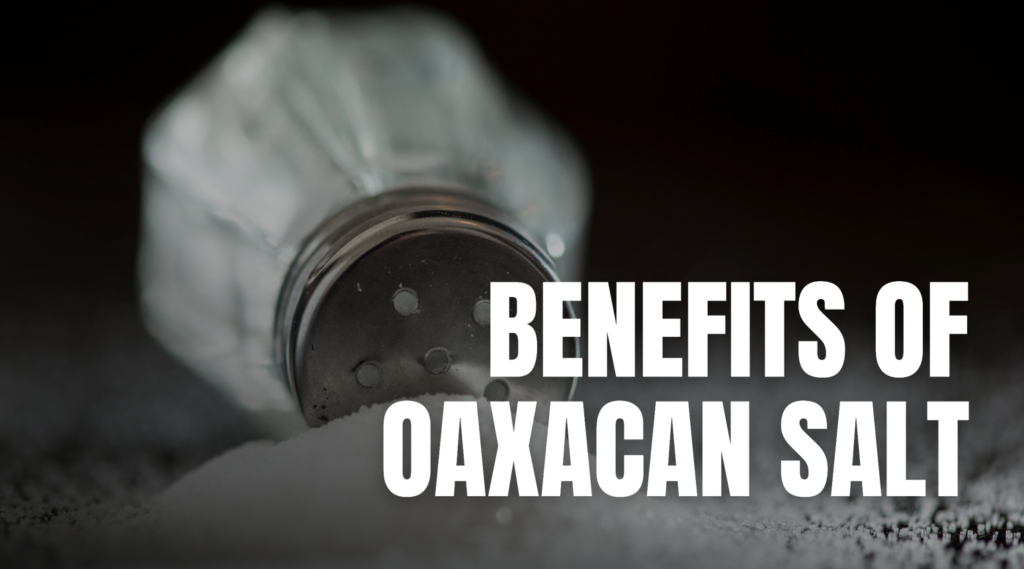
1. Supports Hydration
Oaxacan salt’s mineral content can help maintain electrolyte balance, which is important for staying hydrated. Sodium, magnesium, and potassium work together to regulate the body’s fluids, making it especially useful for people who exercise regularly or live in hot climates.
2. Rich Flavor Means Less Salt Needed
The bold taste of Oaxacan salt allows you to use less of it in your meals. You can reduce your overall sodium intake by using smaller amounts while still enjoying deliciously seasoned dishes. This is a simple way to make meals healthier without sacrificing taste.
3. Free from Additives
Unlike processed salts, Oaxacan salt does not contain harmful chemicals or additives. Its natural composition makes it a cleaner option for those prioritizing pure, wholesome foods. Choosing additive-free salt can also reduce the risk of unwanted health effects over time.
4. Contains Essential Minerals
The trace minerals in Oaxacan salt, such as calcium and magnesium, are essential for supporting bone health, muscle function, and overall wellness. These minerals are often stripped from refined salts, making Oaxacan salt a more nutritious choice.
Oaxacan Salt vs. Table Salt
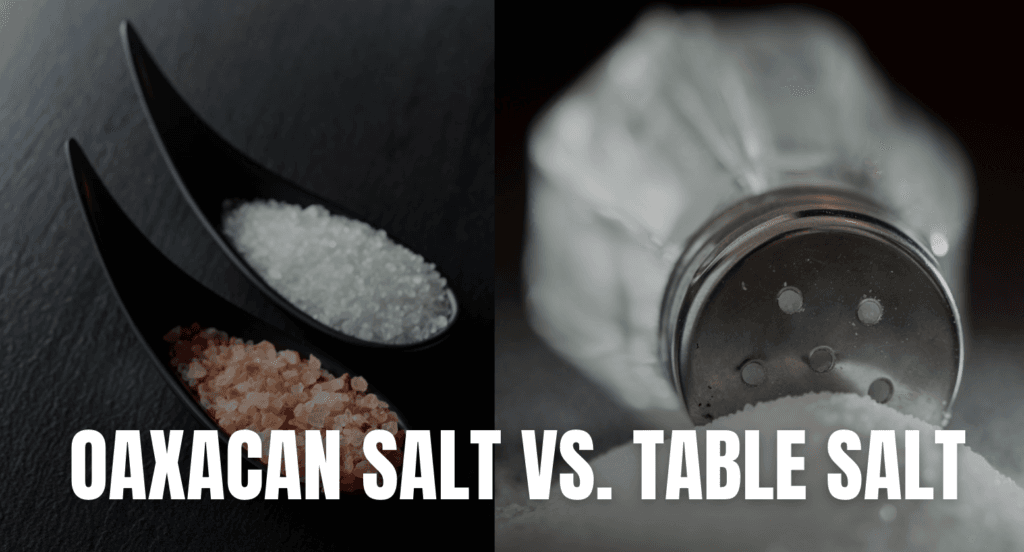
Production Process
Oaxacan salt is naturally harvested and sun-dried, while table salt undergoes heavy refining. These processes strip away natural minerals and often add synthetic chemicals. The traditional methods used for Oaxacan salt preserve its natural qualities and make it a better choice for health-conscious individuals.
Mineral Content
Table salt often lacks the trace minerals found in Oaxacan salt. These minerals play an important role in maintaining overall health. Oaxacan salt’s mineral richness makes it a more nutritious option, especially for those looking to improve their diet.
Sodium Levels
Both salts have similar sodium levels, but the richer flavor of Oaxacan salt means you may use less of it. This can help reduce overall sodium consumption without compromising the taste of your food, which is a significant benefit for heart health.
Final Thoughts
Oaxacan salt is more than just a seasoning; it’s a source of essential minerals and natural flavor. Its unique production process and health benefits make it a better choice than refined salts. Remember, moderation is key. As someone who values natural and wholesome foods, I recommend trying Oaxacan salt in your kitchen.
Its flavor and health benefits make it a worthwhile addition to your diet. Your taste buds and body will thank you!
FAQs About Oaxacan Salt Nutrition Facts
Is Oaxacan Salt Healthier than Regular Salt?
Yes, Oaxacan salt is healthier because it contains natural minerals and is free from harmful additives. Its traditional production methods ensure that it retains its natural nutrients. However, like all salts, it should be consumed in moderation to avoid excessive sodium intake.
Does Oaxacan Salt Contain Iodine?
No, Oaxacan salt is not iodized. Consider other sources like seafood, dairy products, or iodized salt if you need iodine. Oaxacan salt’s purity is one of its strengths, but it is important to balance your iodine intake from other foods.
Can Oaxacan Salt Be Used for Cooking?
Absolutely! Oaxacan salt adds a unique flavour to dishes and can be used in cooking, seasoning, or as a finishing salt. Its coarse texture makes it perfect for sprinkling on meats, vegetables, or desserts like caramel for a sweet and salty twist.
How Much Oaxacan Salt Should I Use Daily?
The recommended daily sodium intake is 2,300 mg, about one teaspoon of salt. Use Oaxacan salt sparingly to avoid excessive sodium consumption. Its bold flavour ensures that even small amounts are enough to enhance your meals.

